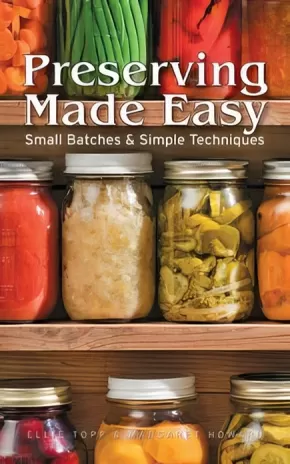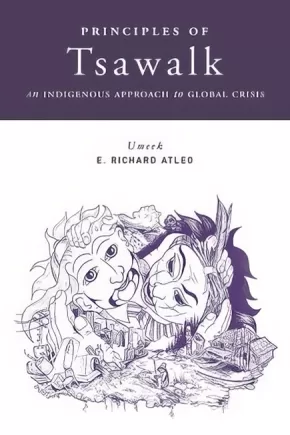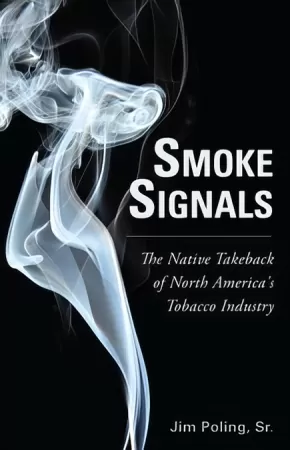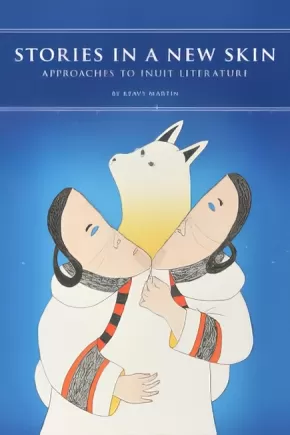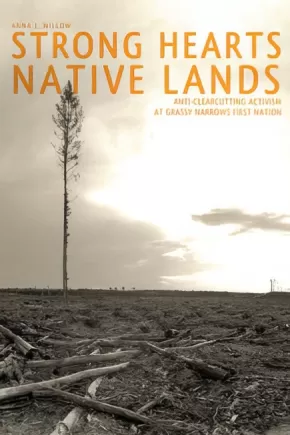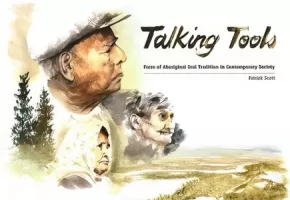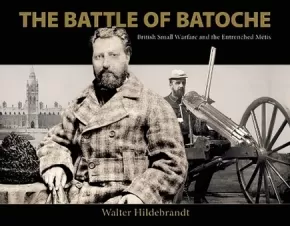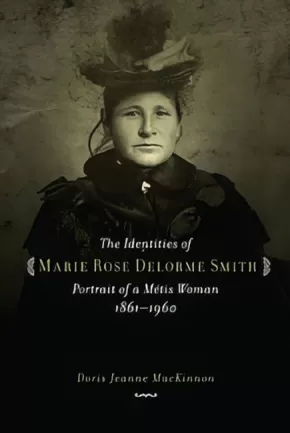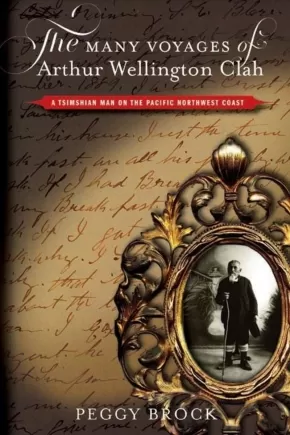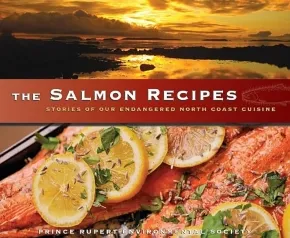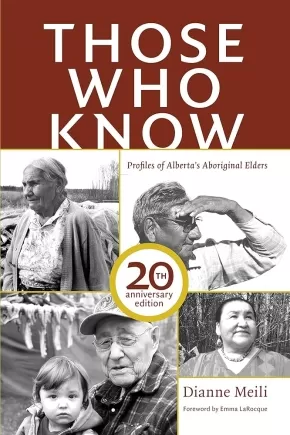Browse Books for Adults
Synopsis:
Preserving Made Easy is the perfect book for today's busy cooks who still want to prepare and enjoy the homemade goodness of fresh fruits and vegetables. These recipes were selected for their delicious taste and because they are easy to prepare.
Thoroughly tested and perfected, each recipe offers something special--a new twist on an old favorite, a new way to mix and match flavors and tips to make the whole process easier and more fun.
The authors offer delectable recipes for jams, jellies, conserves, pickles, relishes, chutneys, salsas, mustards, marinades, flavored oils and more. Everything you need to delight family and friends is here. Using this book will ensure that your family has only the best and freshest ingredients carefully prepared for their needs.
Preserving Made Easy is ideal for first-time users who will benefit from the step-by-step introductions, and for experienced cooks who are just looking for that extra twist that will make the batch memorable.
Synopsis:
Tsawalk, or “one,” expresses the Nuu-chah-nulth view that all living things – human, plant, and animal – form part of an integrated whole brought into harmony through constant negotiation and mutual respect. In this book, Umeek argues that contemporary environmental and political crises and the ongoing plight of indigenous peoples reflect a world out of balance, a world in which Western approaches for sustainable living are not working. Nuu-chah-nulth principles of recognition, consent, and continuity, by contrast, hold the promise of bringing greater harmony, where all life forms are treated with respect and accorded formal constitutional recognition.
Additional Information
220 pages | 6.00" x 9.00" | Paperback
Synopsis:
Nancy Turner and Richard Hebda present the results of many years of working with botanical experts from the Saanich Nation on southern Vancouver Island. Elders Violet Williams, Elsie Claxton, Christopher Paul and Dave Elliott pass on their knowledge of plants and their uses to future generations of Saanich and Coast Salish people, and to anyone interested in native plants. Saanich Ethnobotany includes detailed information about the plants that were traditionally harvested to use in all aspects of Saanich life, such as for food and medicines, and to make tools, buildings and weapons. Each plant is listed by its common (English), scientific and Saanich names. Each listing contains a brief botanical description with a colour photograph, where to find the plant and how it was used traditionally by the Saanich people. This important book celebrates the richness and tremendous value of locally based knowledge in a rapidly changing world.
Authenticity Note: This book has received the Authentic Text label because of its contributions from Elders Violet Williams, Elsie Claxton, Christopher Paul, and Dave Elliott.
Synopsis:
Framed by the historic 2005 signing of the Labrador Inuit Land Claim Agreement and the creation of Nunatsiavut, the first Inuit self-government, Settlement, Subsistence, and Change Among the Labrador Inuit is a history of land and resource use by the Labrador Inuit. It examines in detail the way of life and cultural survival of this unique indigenous population, including household structure, the social economy and organization of wild food production, forced relocations and land claims, subsistence and settlement patterns, and contemporary issues around climate change, urban planning, and self-government. Comprised of twelve essays, this volume represents the first significant publication on the Labrador Inuit in more than thirty years.
Synopsis:
When Europeans discovered tobacco among Amerindians in the New World, it became a long-sought panacea of panaceas, the critical ingredient in enemas, ointments, syrups, and powders employed to treat everything from syphilis to cancer. Almost five centuries passed before medical researchers concluded that tobacco is unhealthy and can cause cancer.
Smoke Signals follows tobacco from its origins in South America's Andes through its checkered history as a "miracle cure," powerful addictive and poison, friend of government revenue departments, and enemy of law enforcement directed at contraband and tax diversion. Author Jim Poling, Sr., traces tobacco's sacredness among Natives, notably how the modern substance has changed Native lives, sometimes for the good, often for the bad, explores how the coffers of governments, now so dependent on tobacco revenue, will be affected if the plant's commercial use is eliminated, and examines how Native traditions, including tobacco as a holy herb, might survive in modern society and strengthen Natives.
Additional Information
256 pages | 5.50" x 8.50"
Synopsis:
In an age where southern power-holders look north and see only vacant polar landscapes, isolated communities, and exploitable resources, it is important to point out that the Inuit homeland is, in fact, united by extensive philosophical, political, and literary traditions. Stories in a New Skin is a seminal text that confirms the “national” scope of Inuit literature and introduces a model for Inuit literary criticism. Author Keavy Martin analyzes writing and storytelling from a range of genres and historical periods – the classic stories and songs of the oral tradition, life writing, oral histories, and contemporary fiction, poetry, and film – and discusses the ways in which these texts constitute a national literary tradition. She highlights characteristics of Inuit intellectual discourse, demonstrates potential approaches to the material, and introduces ways of drawing methodologies from the texts themselves.
Reviews
"Martin has listened carefully to indigenous authors and critics who have for decades argued that their literature should be analyzed on its own terms, according to tribal and community perspectives and in keeping with indigenous knowledges. While Martin is not Inuit, she has gone to great lengths to visit the Far North, learn Inuktitut, and live for periods of time among the people. This lived experience, combined with her excellent literary theoretical and analytical skills, has produced this gorgeous book. In it Martin brings new perspectives to published and oral texts. As she argues, the most appropriate and sophisticated approach to Inuit stories is to recognize how both tradition and adaptation have shaped them."— Jury's Comments, 2012 Gabrielle Roy Prize
Synopsis:
In December 2002 members of the Grassy Narrows First Nation blocked a logging road to impede the movement of timber industry trucks and equipment within their traditional territory. The Grassy Narrows blockade went on to become the longest-standing protest of its type in Canadian history. The story of the blockade is a story of convergences. It takes place where cultural, political, and environmental dimensions of Indigenous activism intersect; where history combines with current challenges and future aspirations to inspire direct action. In Strong Hearts, Native Lands, Anna J. Willow demonstrates that Indigenous people decisions to take environmentally protective action cannot be understood apart from political or cultural concerns. By recounting how and why one Anishinaabe community was able to take a stand against the industrial logging that threatens their land-based subsistence and way of life, Willow offers a more complex and more constructive understanding of human-environment relationships. Grassy Narrows activists have long been part of a network of supporters that extends across North America and beyond. This book shows how the blockade realized those connections, making this community? efforts a model and inspiration for other Indigenous groups, environmentalists, and social justice advocates.
Synopsis:
Talking Tools: Faces of Aboriginal Oral Tradition in Contemporary Society explores the power of oral tradition in Aboriginal society as a foundational cultural and linguistic tool. Four distinct elements are examined: the story-keepers; the importance of practice; the emergence of new stories; and the challenges of sustainability. Finally, the emergence of new technologies and their relevance to the sustainability of the tradition and art of storytelling are discussed.
Additional Information
|
Synopsis:
The Battle of Batoche is the best-known confrontation between Métis and British soldiers in the Northwest Resistance of 1885. It remains one of Canada's most emotion-laden memories, eloquently revisited in this revised and expanded edition.The strategies of both sides are thoroughly examined, and numerous maps and photographs offer detailed description of the fateful battle. Introduction by Jean Teillet, great-grandniece of Louis Riel.
Synopsis:
This book relates the history and self-identifying process of a Métis woman who lived on the western plains of Canada during the transitional period from fur trade to sedentary agricultural economy.
Marie Rose Delorme Smith was a woman of French-Métis ancestry who was born during the fur trade era and who spent her adult years as a pioneer rancher in the Pincher Creek district of southern Alberta. Sold by her mother at the age of sixteen to a robe and whiskey trader several years older than her, Marie Rose went on to raise seventeen children, establish a boarding house, take a homestead, serve as medicine woman and midwife, and to publish several articles in the early prairie ranch periodical, Canadian Cattlemen. The author relies on close readings of these articles, as well as the diaries, manuscripts, and fictional writing of Marie Rose Delorme Smith, along with personal interviews with her descendants. These sources allow a close examination of the self-identifying process for Marie Rose as she negotiated the changing environment of the western plains during the late 1800s and early 1900s when large numbers of Anglo-speaking immigrants settled in the area.
Clearly proud of her Métis identity, Marie Rose was a member of an extended family who served as Louis Riel’s soldiers, and she presented that identity tentatively in her own writings. Roles which Marie Rose assumed with pride were those of author, historian, mother, and historical character, and these roles serve as themes from which to examine her life.
Synopsis:
First-hand accounts of Indigenous people’s encounters with colonialism are rare. A daily diary that extends over fifty years is unparalleled. Based on a transcription of Arthur Wellington Clah’s diaries, this book offers a riveting account of a Tsimshian man who moved in both colonial and Aboriginal worlds. From his birth in 1831 to his death in 1916, Clah witnessed profound change: the arrival of traders, missionaries, and miners, and the establishment of industrial fisheries, wage labour, and reserves. His many voyages – physical, cultural, and spiritual – provide an unprecedented Aboriginal perspective on colonial relationships on the Pacific Northwest Coast.
Drawing on a painstaking transcription of Arthur Wellington Clah’s diaries, Peggy Brock pieces together the many voyages -- physical, cultural, intellectual, and spiritual -- of a Tsimshian man who moved in both colonial and Aboriginal worlds. Clah’s birth in 1831 coincided with the establishment of a permanent fur trade post, and he became student, teacher, and confidant to missionary William Duncan. Later, Clah’s spiritual voyage into the world of colonial culture transformed him into a devout Christian and an evangelist for the faith.
From the goldfields of BC and Alaska to the hop fields of Washington State, Clah witnessed profound change. His diaries reveal the complexities of personal interactions between colonizers and the colonized and the inevitable tensions within a community undergoing rapid change. They also show how Clah’s hopes for his people were gradually eroded by the realities of land dispossession, interference by the colonial state in cultural and political matters, and diminishing economic opportunities.
Taken together, Clah’s many voyages offer an unprecedented Aboriginal perspective on colonial relationships as they played out on the Pacific Northwest Coast.
This book is required reading for students and scholars of indigenous peoples and colonialism and anyone interested in BC or Canadian history.
Reviews
"The Many Voyages of Arthur Wellington Clah is a striking book offering an on-the-ground viewpoint of colonialism as it evolved on the Pacific Northwest Coast of Canada." - Susan Neylan, Wilfrid Laurier University, Journal of Colonialism and Colonial History, V. 13, No 2, Fall 2012
"A fascinating account...Peggy Brock has made a truly significant contribution to our understanding of the history of the northwest coast in the nineteenth century." - Robin Fisher, Mount Royal University, International Journal of Maritime History, Vol XXIV No 3
"Arthur Wellington Clah’s diary is likely the most remarkable document to come into the light of Pacific Northwest Coast history ... Surmounting the challenges presented by this rich and at times near impenetrable personal record, Peggy Brock has researched and admirably summarized fifty years of the diary, pulling out key themes and highlighting its many contradictions. This much-needed introduction to a man and an indigenous history of British Columbia and Alaska will change the way we think about our past." - John S. Lutz, author of Makúk: A New History of Aboriginal-White Relations
Clah’s life and diary offer a window into the lives of the Tsimshian political hierarchy of the time and Tsimshian society’s interaction with colonialism ... His voyage is a metaphor for the voyage that his own and other indigenous people were also taking in their encounters with colonialism." - Neil Sterritt, consultant in Aboriginal leadership and governance
Additional Information
324 pages | 6.00" x 9.00" | 19 photographs, 4 maps | Paperback
Synopsis:
The Salmon Recipes is a visual feast of the culinary practices of the people of British Columbia's North Coast, packaged into a stunning photographic essay that displays both our traditional and modern artisanal food skills. This historic book includes a first-ever published collection of North Coast culinary delights—ranging from rare, traditional salmon preparation techniques to avant-garde seafood experiments with subtle flavours, side by side with stories from Robert Davidson, Susan Musgrave and captivating amateurs. This book came together over our concerns about a proposed oil tanker port invading our North Coast fiords, where the salmon return each year to renew the land and its people. In between these covers you'll discover a breathtaking photographic experience of our land that offers a unique insight into the culture, the wildlife and the rich ecosystems of the North Coast. And you will find that our land lives, breathes and tastes like salmon.
Synopsis:
This book is one woman's examination of her role as an otepayemsuak, a Métis, in this 500-year era of resistance and change. We are in a time when many Indigenous prophecies are reaching into the present - those of the ancient Mayan, the Hopi, the Iroquois, the Cree, the Métis. As with the ancient Mayan, where December 12, 2012, marks the end of the long count calendar, according to the prophecy of the Mohawk's seventh generation, we have reached the time to restore Indigenous stewardship of the land. The words that follow the title of the first chapter of the trees are still bending south, are those of Louis Riel: "My people will sleep for one hundred years. When they awake, it will be the artists that give them back their spirit."
Synopsis:
The elders in Those Who Know have devoted their lives to preserving the wisdom and spirituality of their ancestors. Despite insult and oppression, they have maintained sometimes forbidden practices for the betterment of not just their people, but all humankind. First published in 1991, Dianne Meili’s book remains an essential portrait of men and women who have lived on the trapline, in the army, in a camp on the move, in jail, in residential schools, and on the reserve, all the while counselling, praying, fasting, healing, and helping to birth further generations. In this 20th anniversary edition of Those Who Know, Meili supplements her original text with new profiles and interviews that further the collective story of these elders as they guide us to a necessary future, one that values Mother Earth and the importance of community above all else.
Additional Information
312 pages | 6.00" x 9.00" | Paperback
Synopsis:
A poetry collection where stories of life’s experiences are distilled into feelings and thoughts that are universal. Reneltta Arluk weaves the traditional and the contemporary together through the eyes of a young Aboriginal woman. Her poems, both sacred and secular, are written with the passions of anger, grief, and love, at once tender and furious. Here are tales of love, betrayal, courage, defeat, acceptance, loss, grief, passion, delight, courting, coming of age, birth and death, youth and old age, hunting and surviving. The poems are united by the history of her ancestors and the ongoing struggle to define what it means to be a tribal member, an Aboriginal, and a woman in the twenty first century.
Educator & Series Information
This book is part of the Canadian Aboriginal Voices series.
Additional Information
|

